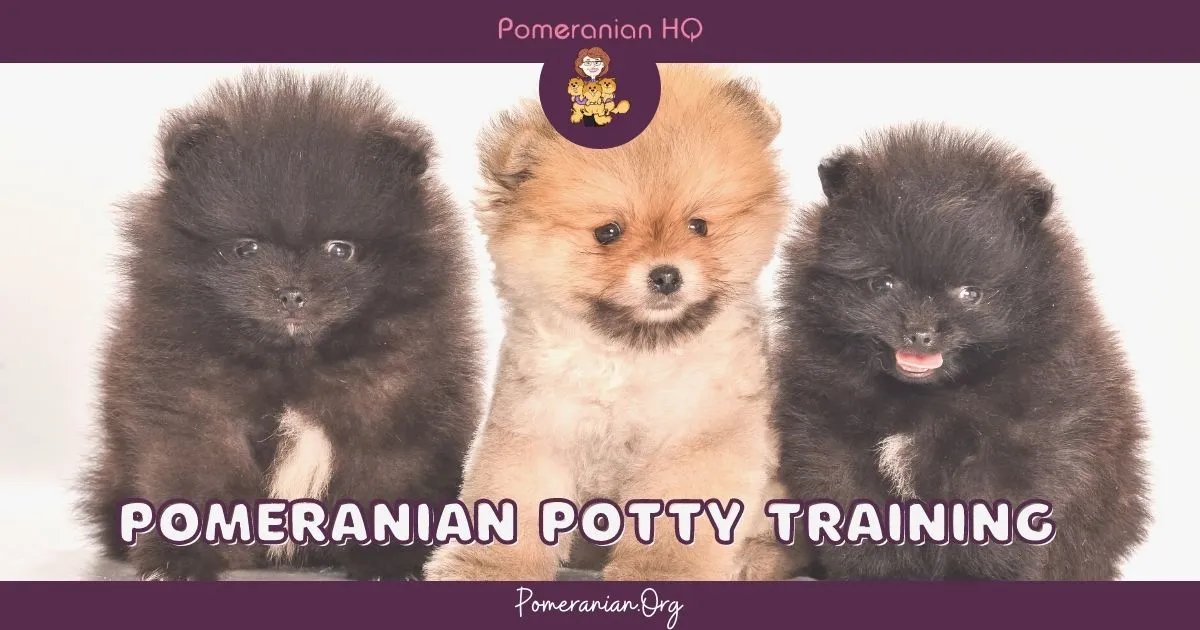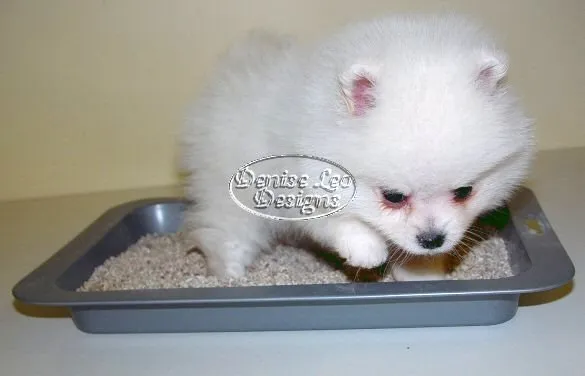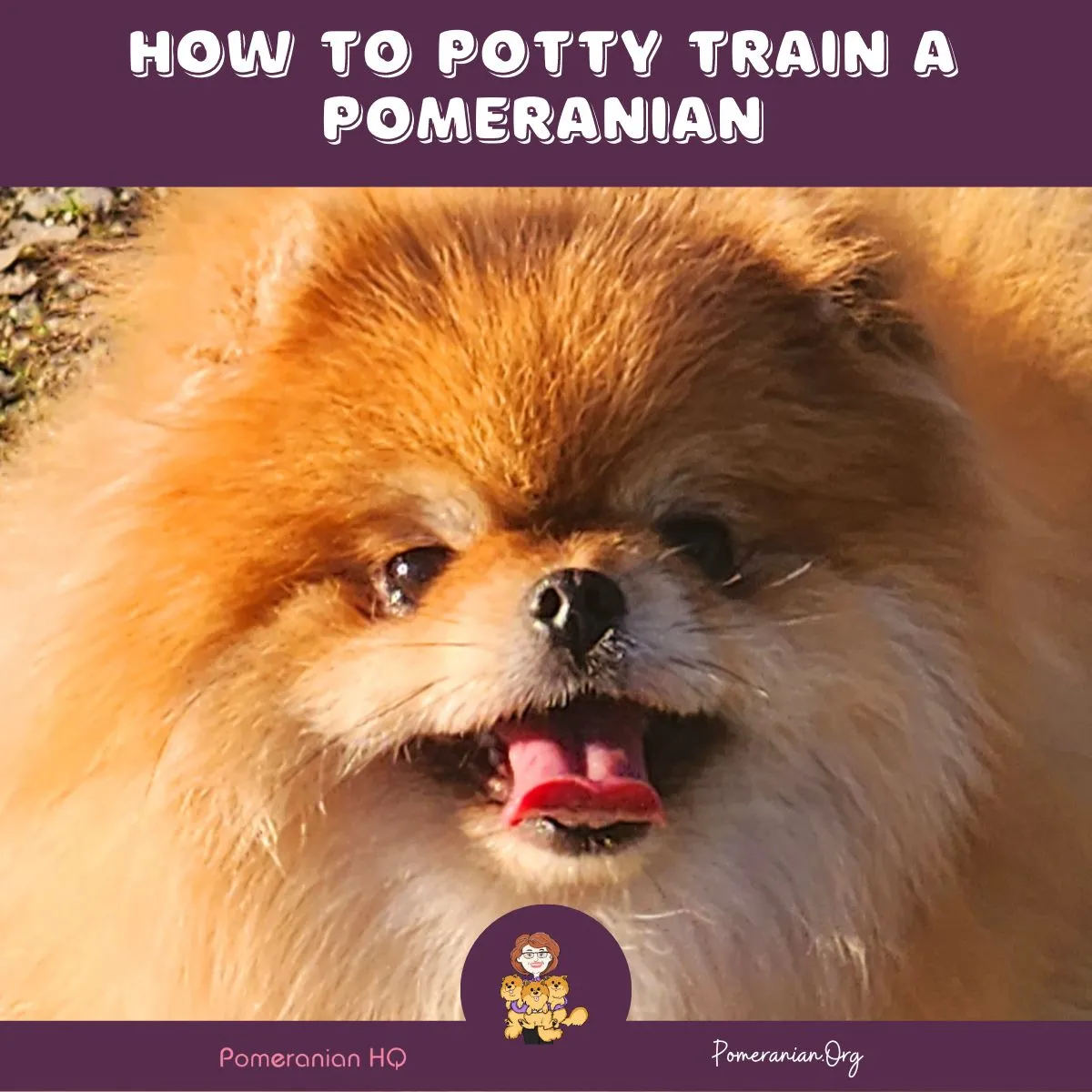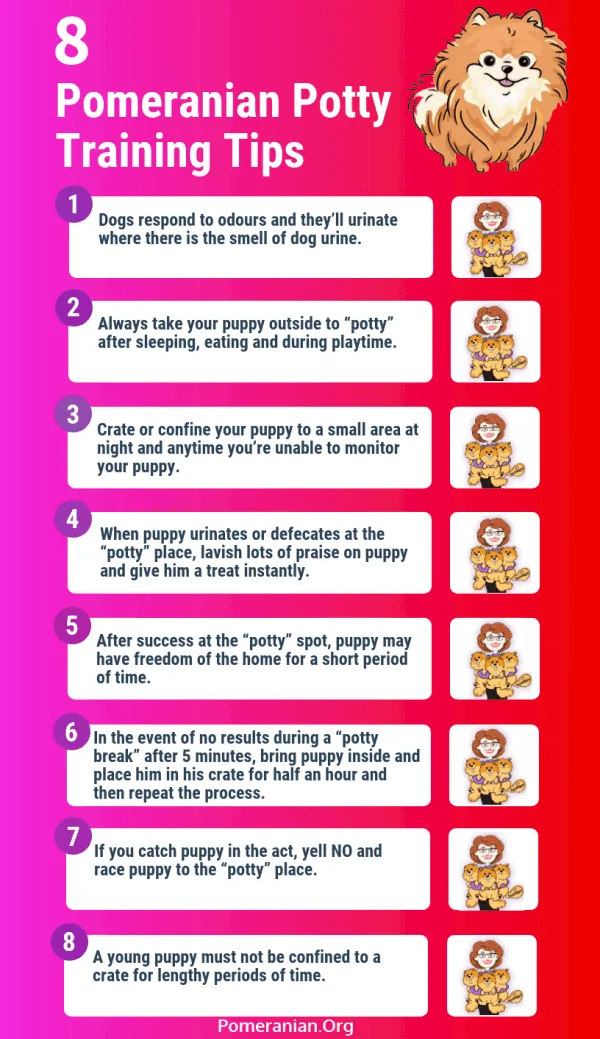Potty training a Pomeranian can feel daunting for new owners, but with patience and consistency, your fluffy companion will master it quickly. Pomeranian potty training requires understanding their small bladders and scent-driven habits. This guide draws from experienced breeders and trainers to provide proven steps for house training Pomeranian puppies and adults, avoiding common pitfalls like accidents from poor breeding conditions.
Pomeranian Headquarters experts emphasize starting immediately upon bringing your puppy home. Reputable breeders often initiate training with pads or trays, making your job easier. Patience in the first weeks pays off, as Poms naturally prefer clean spaces.
Pomeranian Potty Training Schedule: 11 Essential Steps
Follow this structured Pomeranian potty training schedule for success. Pomeranian puppies can hold their bladder roughly as many hours as their age in months, so tailor timelines accordingly.
- Start toilet training right after arrival.
- Clean accidents with white vinegar to remove urine scents that attract repeats.
- Take your Pom outside after naps, meals, and play.
- Use crate or playpen training for supervision.
- Confine to a small area at night or when unsupervised.
- Praise and treat immediately for success at the potty spot; add a command like “go potty.”
- Allow short supervised freedom post-success, based on age.
- If no potty in 5 minutes, crate for 30 minutes and retry.
- Interrupt accidents with “No,” rush outside, then praise and clean thoroughly.
- Avoid long crate times; young pups need frequent breaks.
- Crate training supports, but never punishes.
 A cute Pomeranian puppy learning potty training outdoors
A cute Pomeranian puppy learning potty training outdoors
Success builds habits fast. For example, one breeder reported a 10-week-old Pom fully trained in two weeks using pads initially.
Essential Tips for Starting Pomeranian Potty Training
Before entering the house, take your new Pomeranian to the potty area and praise lavishly after. Inside, limit exploration and anticipate needs like post-meal or bedtime. Never punish accidents—clean quietly and persist.
Restrict unsupervised access to prevent your home becoming a “potty zone.” Use a playpen with pads, food, water, and bed separated. Take pups out upon waking or after meals, rewarding heavily.
White vinegar excels at odor removal, safe for carpets. Reusable or disposable puppy pads aid training; place scented ones in the designated spot.
 Pomeranian puppies playing in a safe training environment
Pomeranian puppies playing in a safe training environment
Patience is key—accidents happen, but smacking creates fear and hiding. Guide with a leash to pads or outdoors, praising every win.
Teaching Pee Pad Use for Pomeranian Puppies
Confine your Pom to a playpen or gated area with pads. Take to pads when needed, rewarding use with treats and excitement. For misses, scent pads with waste to encourage.
Use a cardboard box around pads for a “den-like” toilet feel. Leash-guide entries, allowing 15 seconds. Gradually lower walls as confidence grows.
This method suits apartments or decks without yards.
 Adorable Pomeranian during effective potty training session
Adorable Pomeranian during effective potty training session
Litter Box Training for Pomeranians
Yes, Pomeranians can use litter boxes, ideal for small breeds. Start at 3 weeks with low kitty litter trays near beds. Move farther as they age; discuss with breeders pre-purchase.
 Pomeranian puppy training with a litter tray setup
Pomeranian puppy training with a litter tray setup
Potty Training Adult or Rescue Pomeranians
Older Poms hold longer and learn schedules faster. Treat like puppies: consistent outings, praise, no punishment. Rescue dogs often respond well due to maturity.
 Step-by-step visual of potty training a Pomeranian
Step-by-step visual of potty training a Pomeranian
Solving Common Pomeranian Potty Training Problems
Address issues proactively:
- Immediate accidents indoors: Focus one task at a time on leash; allow 15-20 minutes.
- Can’t hold over an hour: Rule out health issues; gradually extend intervals by 15 minutes with supervision.
- Nighttime accidents: Last outing 1 hour pre-bed, no food 2 hours prior, confine with pads, ensure daily exercise.
- Early morning potties: Adjust meals/exercise; use toys or white noise.
- Whole house as bathroom: Restart basics; check for UTIs or marking.
- Destroys pads: Use holders; provide exercise and toys.
- Submissive/excitement urination: Frequent trips, calm greetings (kneel, no staring), build confidence with commands.
Pomeranian submissive peeing shows as dribbling with cowering. Excitement peeing from overload resolves with desensitization. Vet-check health first.
 Group of Pomeranian puppies in playpen during training
Group of Pomeranian puppies in playpen during training
Space size matters: include bed, food, toys, pads—dogs avoid soiling beds.
How Long Does Pomeranian Potty Training Take?
Varies by puppy and owner consistency—days to months. Poms love cleanliness; start day one for quick habits.
 Classic Pomeranian pose highlighting breed traits
Classic Pomeranian pose highlighting breed traits
Final Thoughts on Pomeranian House Training
Mastering Pomeranian potty training brings a clean home and happy dog. Stick to routines, praise generously, and use tools like pads or crates. Contact professional trainers for persistent issues, and celebrate progress—your Pom will thrive.
References:
- Denise Leo, The Pomeranian Handbook.
- Denise Leo, Training Your Pomeranian.
 Pomeranian potty training progress chart
Pomeranian potty training progress chart Final Pomeranian potty training success image
Final Pomeranian potty training success image
